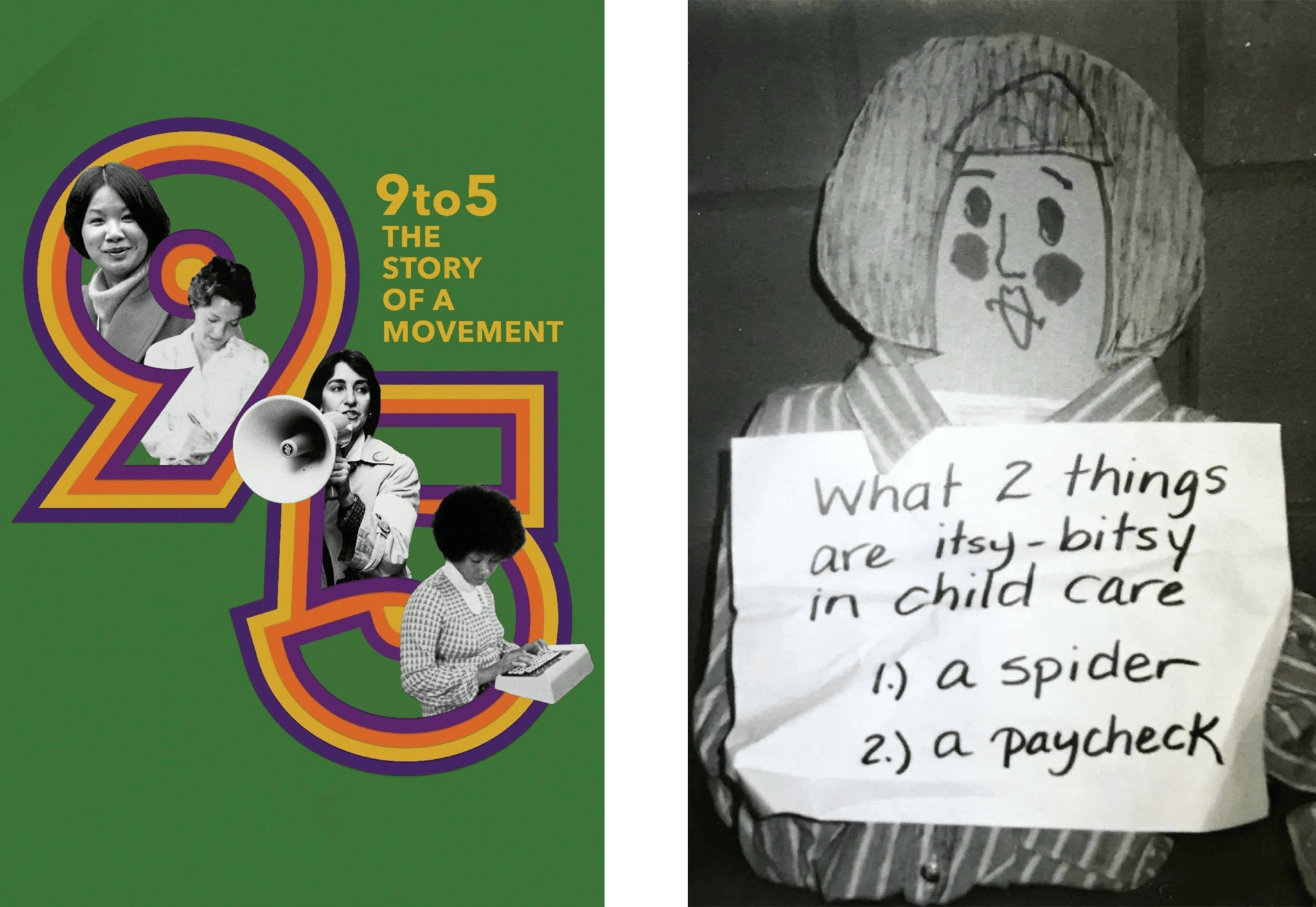Between 1890 and 1895, Black women’s clubs emerged to address the oppressive realities facing Black people in the Age of Jim Crow. The first national, secular Black women’s organization — the National Association of Club Women (NACW) — formed in 1895 to amplify Black women’s collective power and coordinate the efforts of local clubs to eradicate anti-Black oppression and advance racial and gender justice across the United States. Black club women’s commitment to early care and education (ECE) in the form of kindergartens and day nurseries was a key component of the NACW’s overall strategy that encompassed a range of broader activities, including anti-lynching, temperance, adult education, and women’s business exchange efforts (Roberts, 2004).
However, Black women’s contributions go mostly unacknowledged in histories of ECE development, with few exceptions (Cunningham & Osborn, 1979; Rose, 1999). When mentioned, they are limited to a long list of activities and names with no in-depth exploration of how club women drew upon their distinctive views and experiences as Black women to shape their approach to ECE. Many White kindergarten activists assumed mothers’ dependence on a male breadwinner and discouraged the establishment of day nurseries, but Black club women understood the necessity of mothers’ paid labor from their own daily lives. Black women were more than twice as likely to be employed as their White counterparts (Boustan & Collins, 2013), yet the day nurseries established for the children of working mothers were less likely to accept Black children (Rose, 1999).
These disparities in access extended to kindergartens, as well. Most Black children resided in the South at the time, where kindergartens and nurseries were extremely rare or served only White children. In other parts of the country, Black children had less access to private, “free” or “charity” kindergartens that mostly served White European immigrant families (Rose, 1999). Public kindergarten opportunities for Black children were delayed or outright denied and were almost always segregated and more poorly funded.
Black club women’s activism at the turn of the century provides a window into how Black women tapped into a tradition of mutual aid, self-determination, and Black-led schools (Shaw, 1991; Anderson 1998), while also expanding the focus of that tradition to include the youngest learners and address child care needs for working Black women.
The day nursery and kindergarten movements led by various women’s organizations, including women’s clubs, were segregated. The efforts of Black women’s clubs both paralleled and exceeded the priorities of White women’s clubs. Additionally, Black club women were working in a tradition of formerly enslaved Black people who established, funded, and led hundreds of schools for Black children across the South between 1860 and 1876 (Anderson, 1998). Similarly, Black club women raised funds to start and run day nurseries and kindergartens for Black children in their local communities across the country and launched training programs for Black women teachers. They also advocated for kindergartens to become a part of public school systems, shifting early learning programs to the realm of public funding.
Black club women were drawn to the focus on learning through play in kindergarten and infused it with their own teaching philosophies to prepare Black children to create a more just world (Yates, 1905b). Kindergartens were a critical strategy to confront post-emancipation challenges facing Black communities (Robbins, 2011). Black women’s clubs viewed the educational philosophy of kindergarten — educating both mother and child — as an opportunity to address the lack of education for both children and their mothers (Yates, 1905a; Robbins, 2011). The relative privilege of Black club women in terms of education, profession, and wealth shaped their faith in education as a critical part of a broader strategy for racial uplift. However, they still utilized educational initiatives like mothers’ clubs to organize around labor issues (Jones, 1982) and to address Black oppression through anti-lynching and anti-convict-leasing campaigns (Roberts, 2004; Haley, 2016).
Black club women’s activism at the turn of the century provides a window into how Black women tapped into a tradition of mutual aid, self-determination, and Black-led schools (Shaw, 1991; Anderson 1998), while also expanding the focus of that tradition to include the youngest learners and address child care needs for working Black women. Their experiences at the intersections of race, class, and gender shaped their commitments to racial and gender justice and led them to situate early learning in a broader project to address anti-Black oppression, while more fully embracing an agenda inclusive of care and education still lacking today by advocating for both day nurseries and kindergartens.
References
Anderson, J.D. (1988). The Education of Blacks in the South, 1860-1935. University of North Carolina Press.
Boustan, L., & Collins, J. (2013). The Origins and Persistence of Black-White Differences in Women’s Labor Force Participation. National Bureau of Economic Research.
Cunningham, C.E., & Osborn, D.K. (1979). A Historical Examination of Blacks in Early Childhood Education. Young Children, 34(3), 20-29.
Haley, S. (2016). No Mercy Here: Gender, Punishment, and the Making of Jim Crow Modernity. UNC Press Books.
Jones, B.W. (1982). Mary Church Terrell and the National Association of Colored Women, 1896 to 1901. The Journal of Negro History, 67(1), 20-33.
Roberts, D.E. (2004). Black Club Women and Child Welfare: Lessons for Modern Reform. Fla. St. UL Rev., 32, 957.
Robbins, J.M. (2011). “Black Club Women’s Purposes for Establishing Kindergartens in the Progressive Era, 1890-1910.” Dissertations. 99. https://ecommons.luc.edu/luc_diss/99.
Rose, E. (1999). A Mother’s Job: The History of Day Care 1890-1960. Oxford University Press.
Shaw, S.J. (1991). Black Club Women and the Creation of the National Association of Colored Women. Journal of Women’s History, 3(2), 11-25.
Yates, J.S. (1905a). Kindergartens and Mothers’ Clubs: As Related to the Work of the NACW. Colored American, VIII(6), 304-311.
Yates, J.S. (1905b). Thought Power in Education. The Voice of the Negro. 1(2), 242-248.



